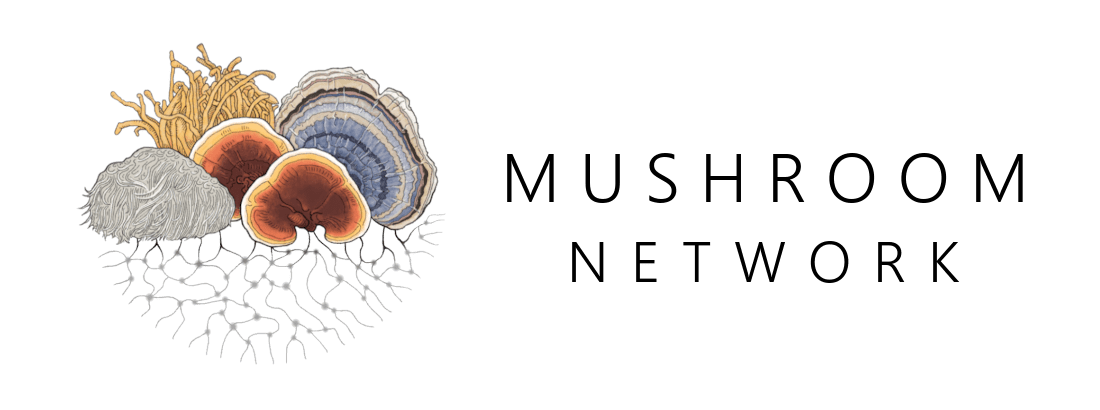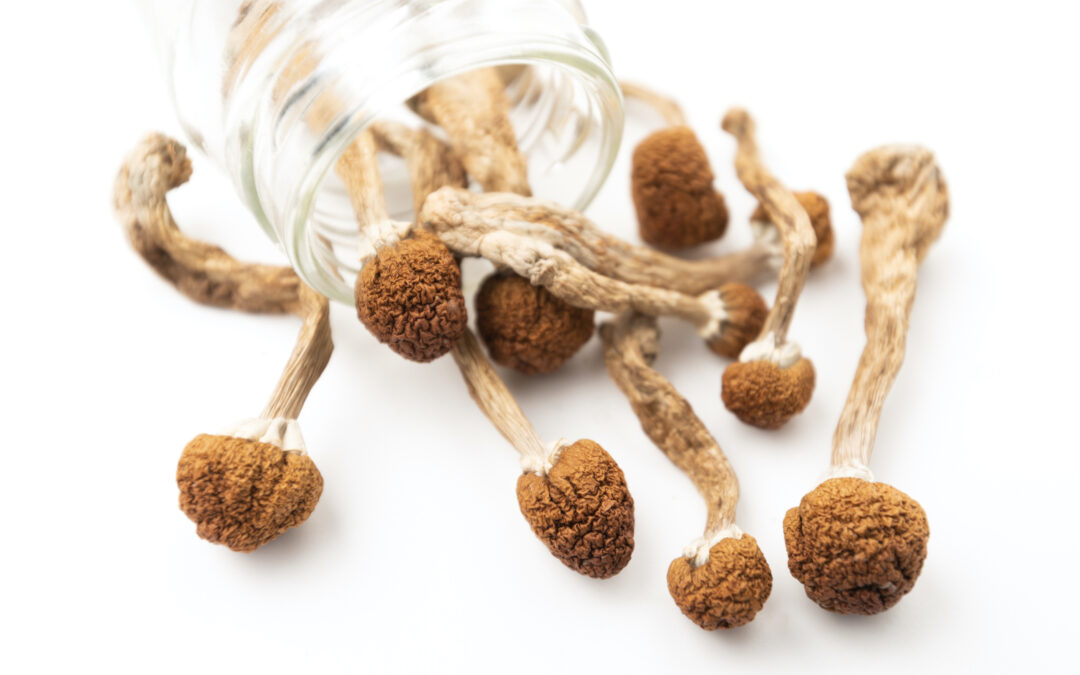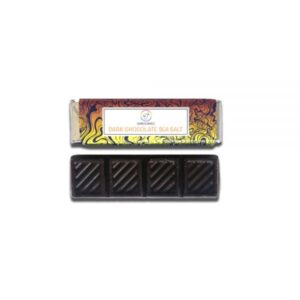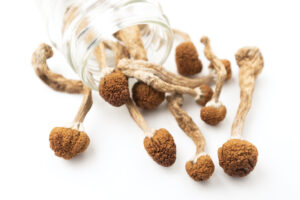Mushrooms are a versatile and beloved ingredient in various cuisines around the world, prized for their unique flavors and textures. However, not all mushrooms are created equal, and determining the quality of these fungi is crucial for both culinary excellence and safety. In this article, we will explore the key indicators of high-quality mushrooms, from visual cues such as color and texture to sensory tests like aroma and taste. Additionally, we will delve into more advanced methods such as spore print analysis and the importance of understanding different mushroom varieties. By the end of this guide, you will be equipped with the knowledge to confidently assess and select premium mushrooms for your culinary endeavors.
### 1. Visual Inspection: Color, Texture, and Shape
#### Color: A Key Indicator of Freshness
When it comes to mushrooms, color speaks volumes. Look for vibrant hues that are uniform and free of discoloration.
#### Texture: Assessing Firmness and Consistency
Gently press on the mushroom to check for firmness. It should feel solid and not mushy or slimy to the touch.
#### Shape: Checking for Uniformity and Symmetry
A good mushroom should have a consistent shape with a symmetrical appearance. Avoid mushrooms that look misshapen or uneven.
### 2. Aroma and Taste: Indicators of Freshness
#### Aroma: Sniffing Out Quality
Give your mushrooms a whiff – they should have a pleasant earthy scent. Avoid mushrooms with a musty or unpleasant odor.
#### Taste: Sampling for Flavor and Quality
If you can, give your mushrooms a taste test. They should have a clean, earthy flavor without any bitterness or off-putting tastes.
### 3. Stem and Cap Examination: Signs of Quality
#### Stem: Evaluating Firmness and Moisture Content
Check the stem for firmness – it should be sturdy yet slightly flexible. Mushrooms should also have a slight moisture content without being overly wet.
#### Cap: Inspecting for Damage or Bruising
Inspect the cap for any signs of damage or bruising. A high-quality mushroom will have a smooth and intact cap without any blemishes.
### 4. Spore Print Analysis: A Reliable Test
#### Understanding Spore Prints and Their Role in Quality Assessment
Spore prints can indicate the freshness and quality of a mushroom. Dark, well-defined prints are a good sign of quality.
#### Performing a Spore Print Test at Home
To test for spore prints, place a mushroom cap on a piece of paper, cover it, and wait for a few hours. Lift the cap to see the spore print left behind – a useful tool for assessing quality.
Remember, when in doubt, trust your senses and rely on these simple tips to ensure you’re picking top-notch mushrooms every time!# 5. Knowledge of Varieties: Identifying Premium Mushrooms
So you fancy yourself a mushroom connoisseur? Get ready to learn about recognizing those top-notch mushroom varieties that scream, “I am premium!”
### Recognizing Popular High-Quality Mushroom Varieties
From your basic button mushrooms to the fancy chanterelles, let’s explore the cremini de la crème of mushroom varieties that you should keep an eye out for.
### Distinguishing Features of Premium Mushroom Species
Forget about judging a book by its cover; we judge mushrooms by their features! Learn what sets the crème de la champignon apart from the rest.
# 6. Sourcing and Storage: Maintaining Quality
It’s not just about finding the good stuff; you’ve got to know how to keep it fresh! Let’s dive into how you can source the best mushrooms and ensure they stay top-notch.
### Choosing Reputable Suppliers and Markets
Like a detective on a case, we’ll uncover how to sniff out the best mushroom suppliers and markets in town. Spoiler alert: not all mushrooms are created equal.
### Proper Storage Techniques to Preserve Mushroom Freshness
Keep those shrooms happy and fresh with the right storage techniques. Say goodbye to wilted and sad mushrooms – we’re here to make sure they stay firm and fabulous!
# 7. Certification and Labels: Trustworthy Markers
Is that mushroom sporting an organic label? What exactly does that mean? Let’s decode the secret language of mushroom certification and labels to ensure you’re getting the good stuff.
### Understanding Organic and Quality Assurance Labels
Organic, non-GMO, gluten-free…wait, are we talking about mushrooms or a trendy health food store? We’ll break down what these labels really mean in the mushroom world.
### How to Interpret Mushroom Grading and Certification Systems
Grades aren’t just for school – mushrooms have them too! Learn how to navigate the mushroom grading system like a pro to ensure you’re getting the best of the best.
# 8. Common Pitfalls: Red Flags to Watch Out For
Mushroom hunting can be treacherous; beware of the lurking dangers of spoiled or low-quality fungi. Let’s uncover the warning signs and avoid the sketchy mushrooms like the plague.
### Warning Signs of Spoiled or Low-Quality Mushrooms
Just like you wouldn’t trust a clown holding a bouquet of wilted flowers, don’t trust mushrooms that show these red flags. We’ll teach you how to spot the signs of bad mushrooms.
### Avoiding Contaminated or Misidentified Varieties
No one likes a case of mistaken mushroom identity. Stay vigilant and learn how to steer clear of contaminated or misidentified mushrooms that could potentially ruin your culinary masterpiece.In conclusion, by mastering the art of evaluating mushroom quality through visual inspection, aroma and taste assessment, and knowledge of varieties, you can ensure that your culinary creations are always top-notch. Remember to source your mushrooms from reputable suppliers, store them properly, and be wary of any red flags that may indicate subpar quality. With these tips and tricks in mind, you can confidently navigate the world of mushrooms and elevate your dishes with the freshest and most delicious fungi available. Happy cooking!









![How to Buy Shrooms Online in [Your Country/Region]](https://magicmushroomstore.us/wp-content/uploads/2023/07/Shoomiesstars-300x300.jpeg)





